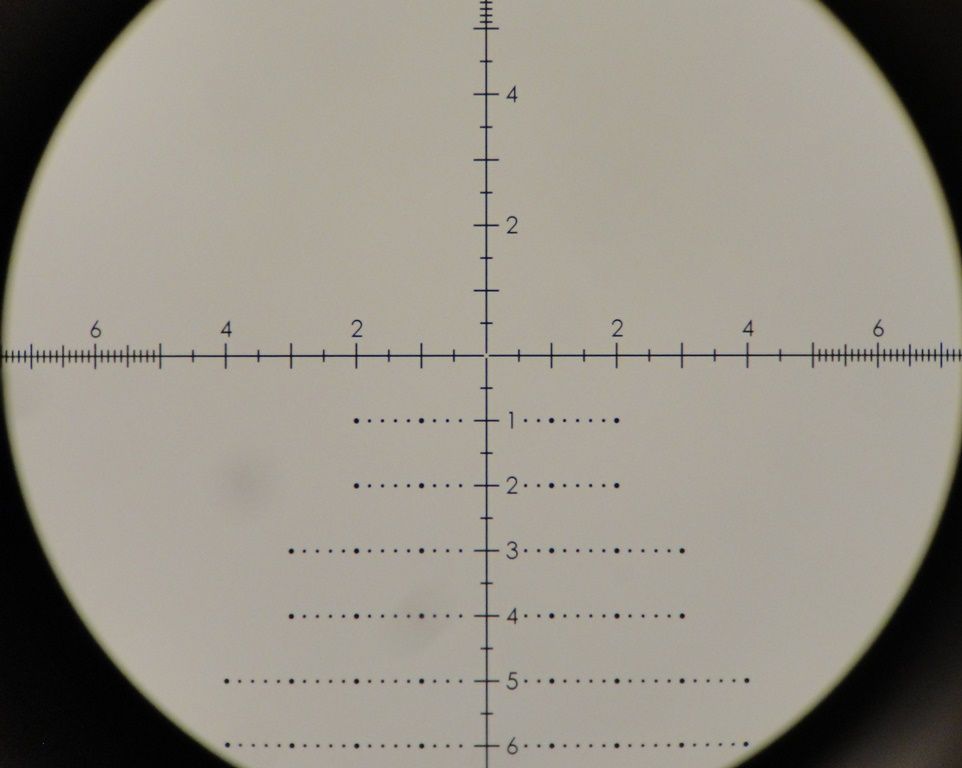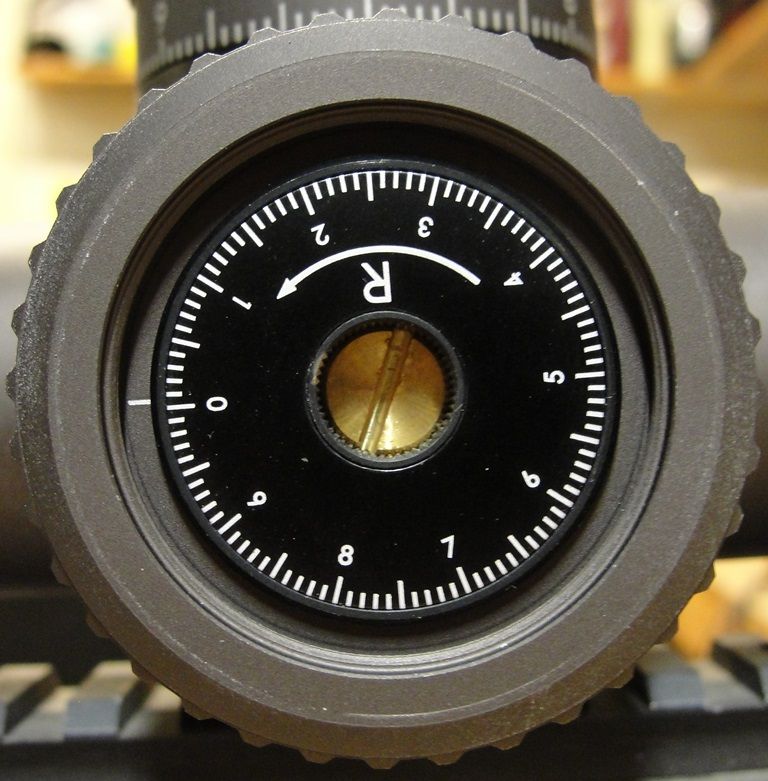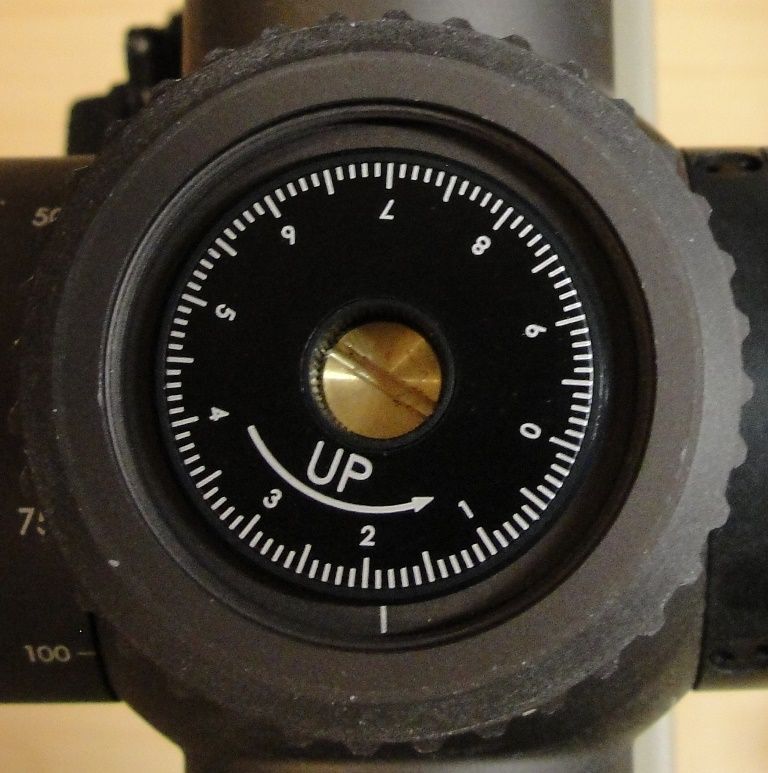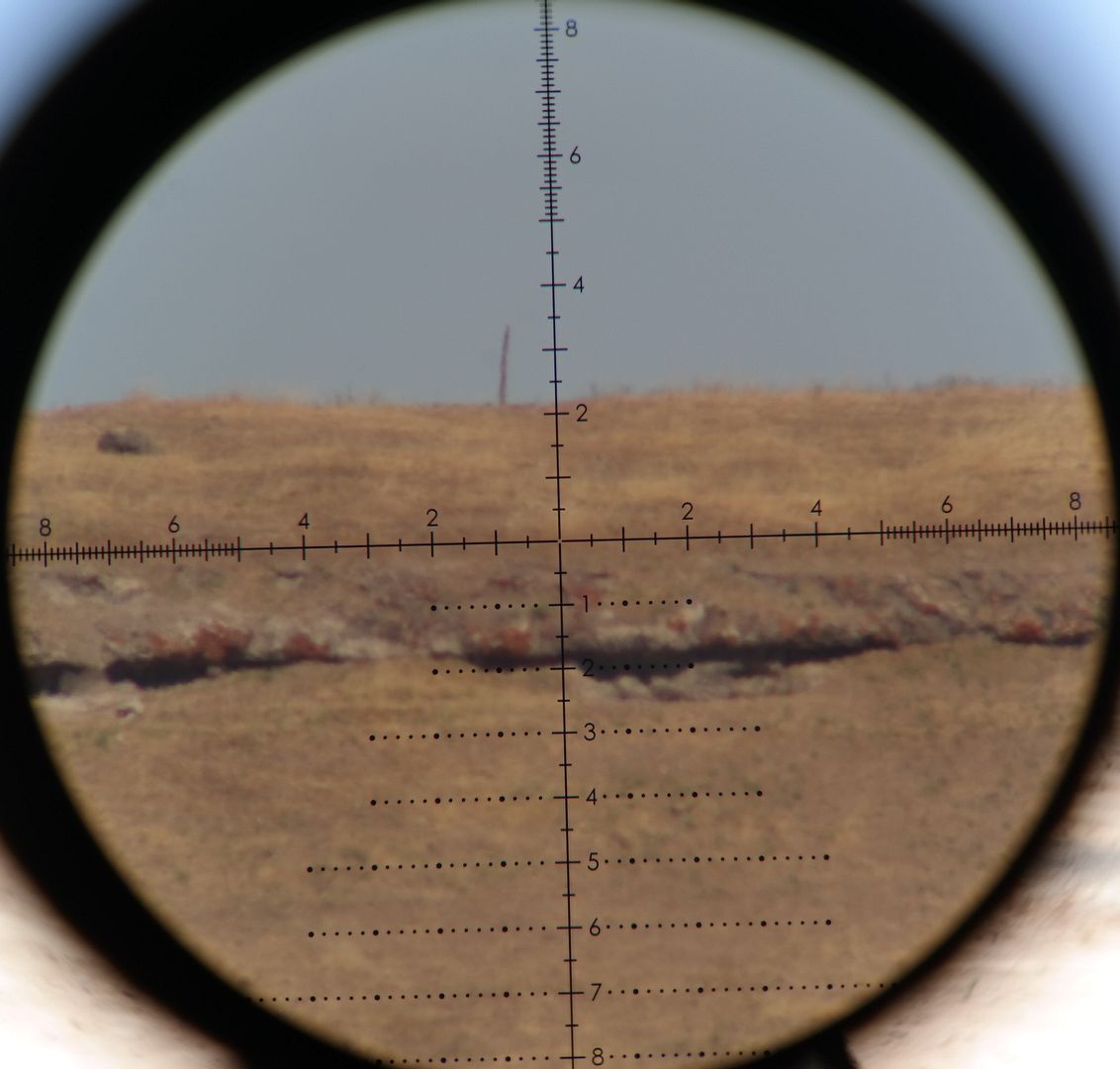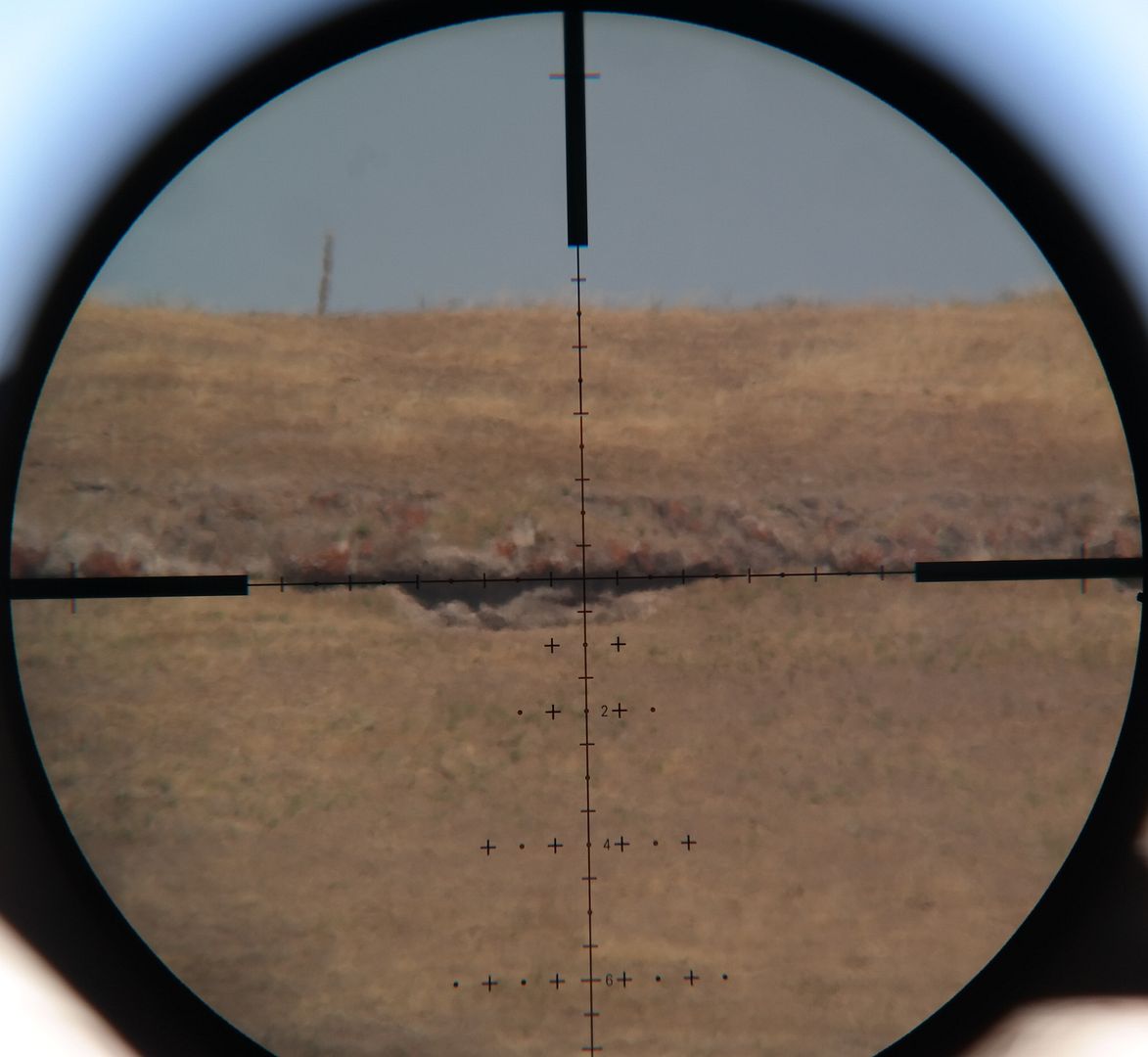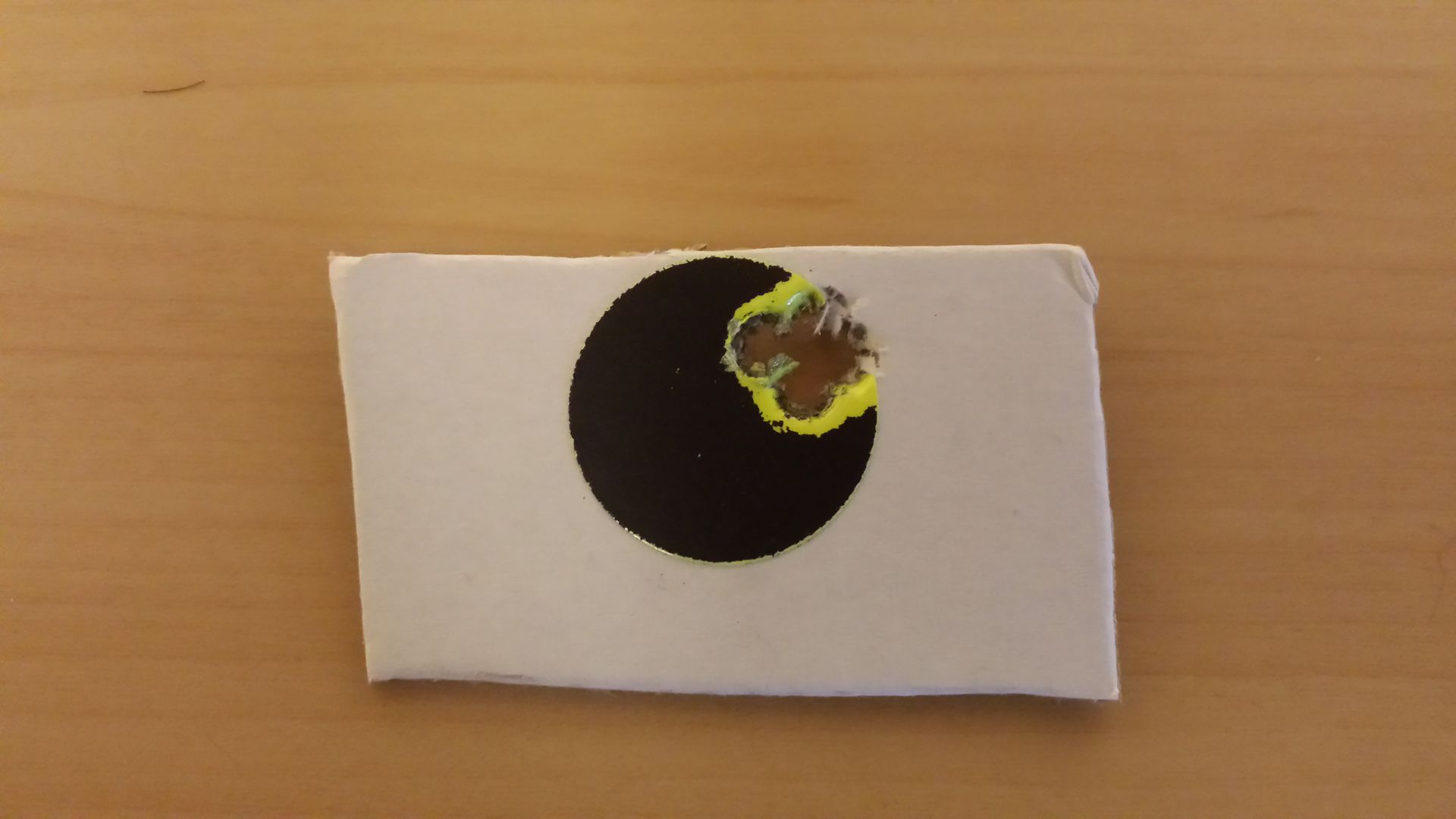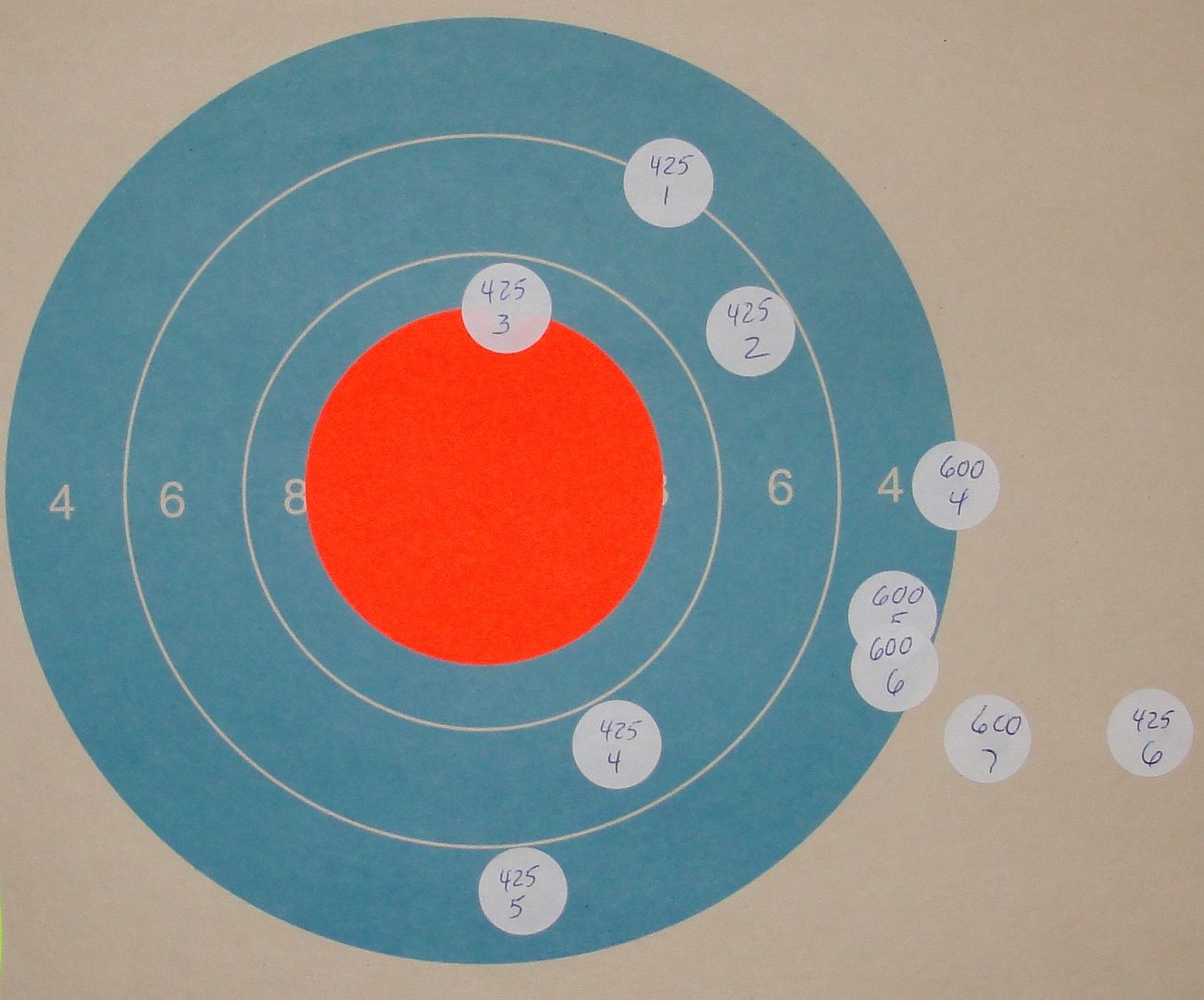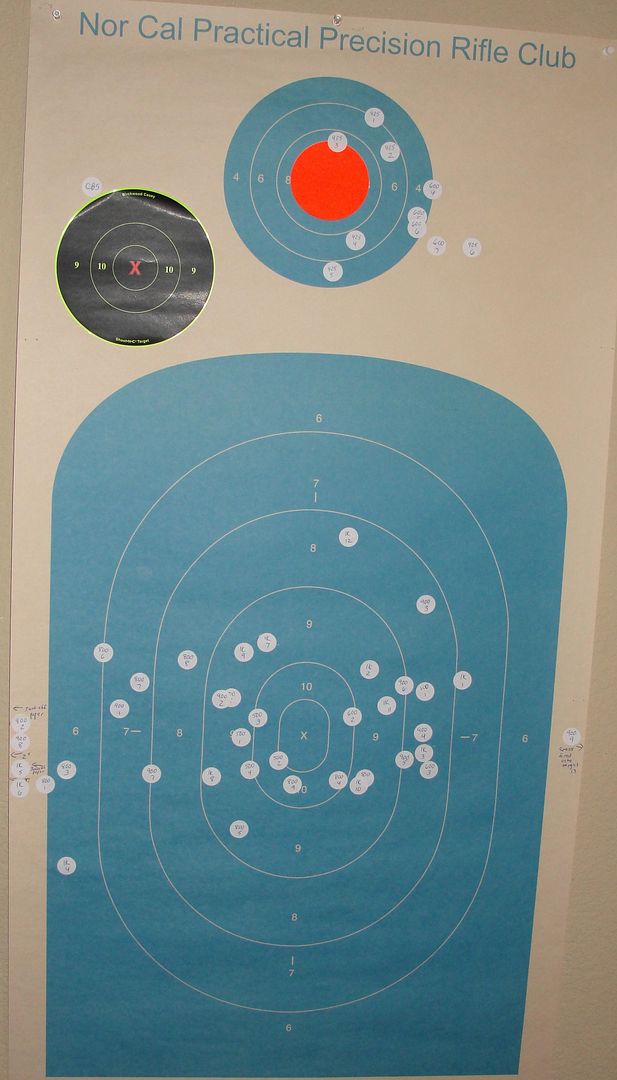Vortex Razor HD Gen II 4.5-27x56mm w/EBR-2C Reticle (MRAD) Test and Evaluation
By Vu Pham of NorCal Practical Precision Rifle Club
Initial duration of T&E: 45 days
Total rounds fired: 350
Rifles used for T&E:
• 308win built by Newman Precision
During this T&E I completed the following:
Little bit of ruggedness testing
50M elevation and windage track test (17mils up/5mils left and right)
Track testing out to 1000yards. Ensured numbers lined up with AB Kestrel.
Repeatability test shot @ 200yards
3 NCPPRC Long Range Practice Sessions (200yds to 1K)
1 NCPPRC Precision Steel Match
1 NCPPRC Long Range Match
About 8 trips to the 100-300yrd bays to confirm zero and ensure no shifts have occurred.
A few trips to our 550yard steel range to see if my hold overs match with the dialed dope.
Opening the box:
• Like its predecessor, the Vortex Razor HD Gen II 4.5-27x came nicely packaged from the factory. The box is lined with a high density foam that will protect the optic during any transport or shipping.
• Package included the following:
1. Vortex Razor HD Gen II 4.5-27x56mm
2. Sunshade
3. Custom tool to loosen windage and elevation knobs, and adjust your zero with.
4. Battery for illumination.
5. Instruction booklet.
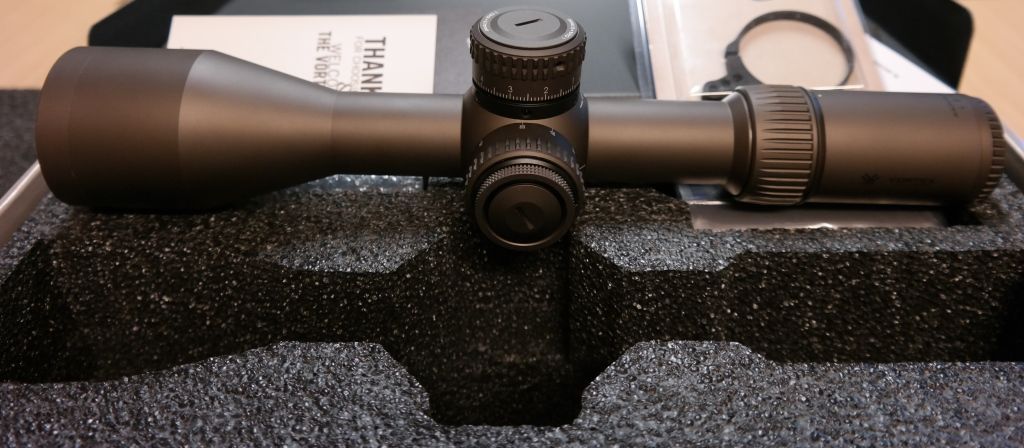
Physical Appearance of the Optic:
• The Razor HD Gen II 4-27x sports the same dark earth anodizing like the rest of the HD line of optics.
• New 56mm objective gives the scope a very robust look and feel.
• Elevation, windage, and parallax knob are similar in size and much lower profile than on the Gen 1 Razor HD 5-20x.
• When handling this optic for the first time you will notice the Razor HD Gen II is not a light weight. Specs call for 48.5oz.
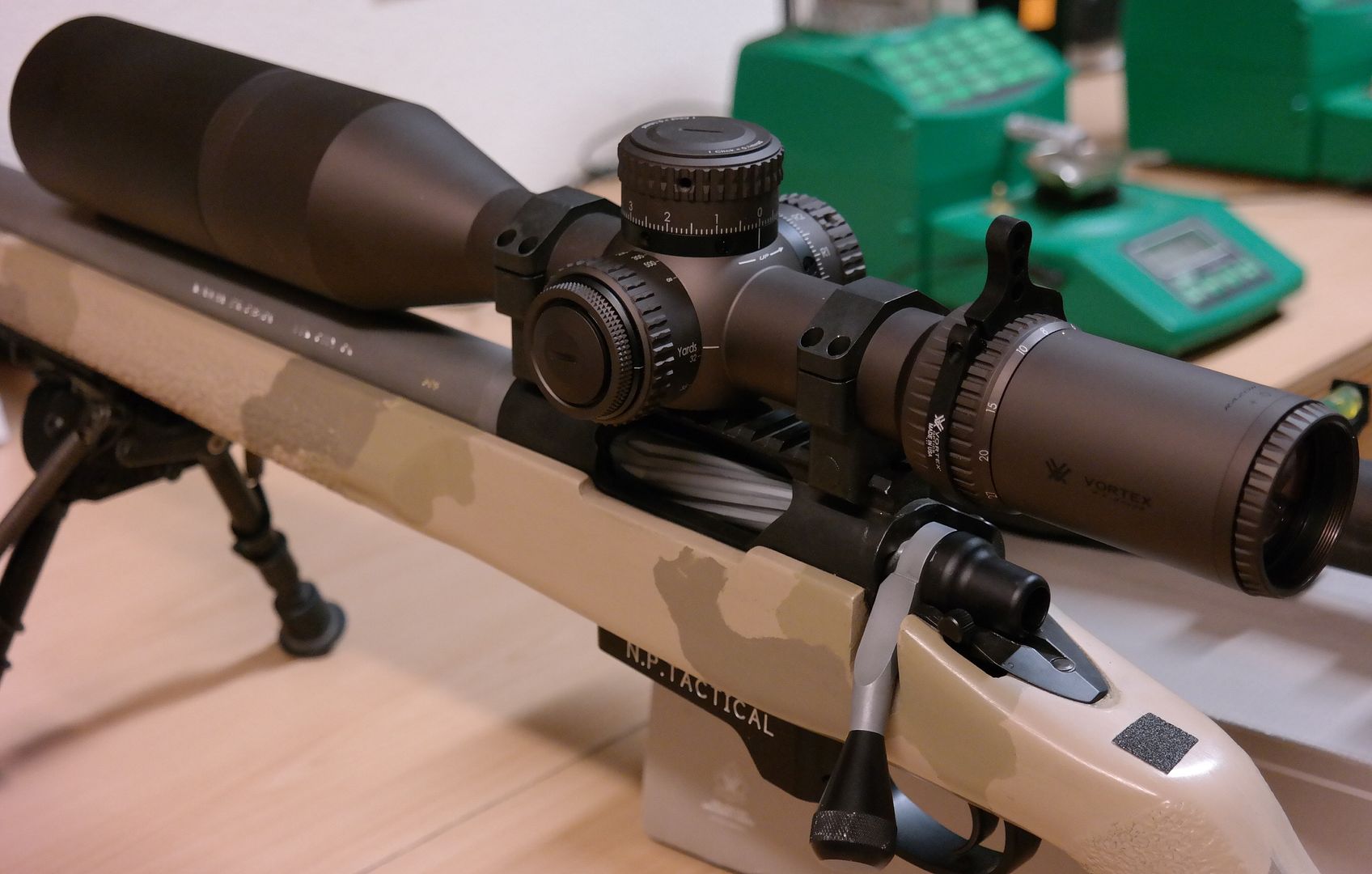
New key features of the Vortex Razor HD Gen II vs. the Razor HD Gen I:
• 27x vs. 20x max magnification
• 56mm vs. 50mm objective
• 34mm vs 35mm main tube
• Locking elevation and windage turrets w/zero stop on the elevation turret
• Lower profile turrets
• Illumination control has been integrated into the parallax turret
• EBR-2C or EBR-1C in MRAD and EBR-2C in MOA reticles.
• 2nd and 3rd revolution indicator
• Custom tool to loosen windage and elevation knobs, and adjust your zero.
• Awesome glass quality
Weight:
After the 2014 SHOT Show there was a lot of chatter about how heavy this optic is and some were saying it was “too heavy”.
Mike Cecil @ CS Tactical was kind enough to loan me a few optics for a weight and size comparison. All optics were weighed with Badger Ordnance steel rings factored in and sunshade attached if available.
Kahles 624i 6-24x56mm 2lbs 10oz without a sunshade
Burris XTR II 5-25x50mm 2lbs 12oz with sunshade
Vortex Optics Gen I Razor HD 5-20x50mm 3lbs 1oz with sunshade + bubble
Bushnell 4-30x XRS 3lbs 3oz with sunshade
US Optics 5-25x56mm 3lbs 5oz without sunshade
S&B 5-25x56 PM II 3lbs 5oz with sunshade.
Vortex Optics Razor HD Gen II 4.5-27x56mm 3lbs 12oz with sunshade + switch
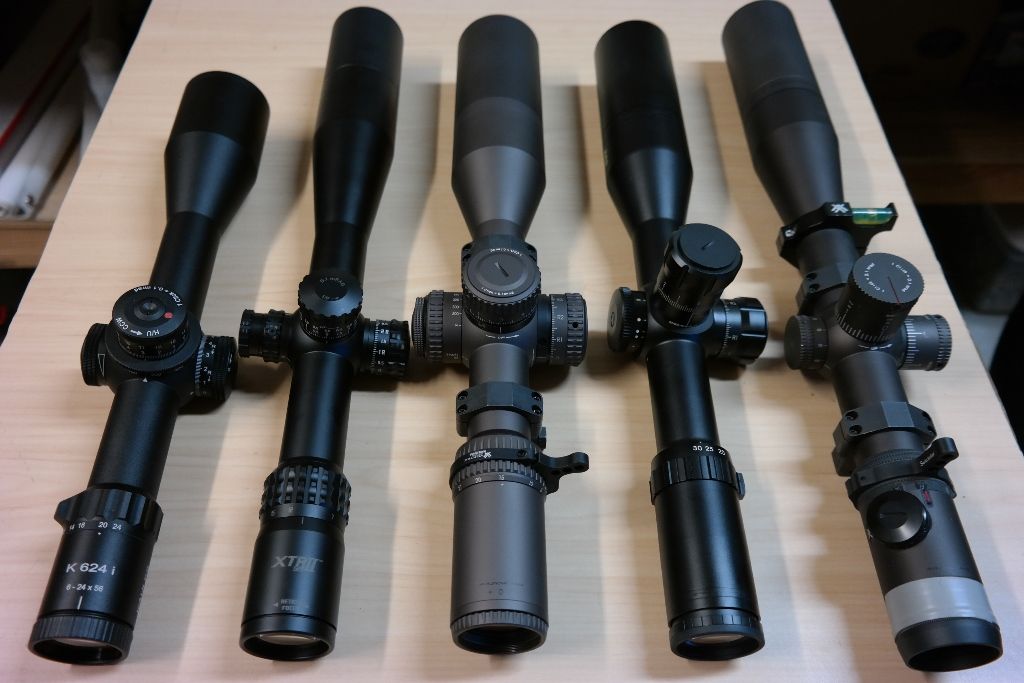
Left to right: Kahles 624i, Burris XTR, Vortex Razor Gen II, Bushnell XRS, and Vortex Razor Gen I
Magnification:
This optic boasts a 4.5 – 27x magnification range. This magnification power coupled with the thinner reticle makes for a great combination.
• I was able to shoot my track test at 50meters on high magnification without any issues.
• Yardage markings on the parallax turret correlate to the actual yardage you are focused.
• Specs indicate this optic will focus down to 32yards.
(Parallax, Illumination, and 2nd Revolution Indicator)
• Parallax turret is the same size as the elevation and windage which I personally really like. The Razor 5-20x Gen I featured a small turret and was not as comfortable to work with.
• Illumination controls have been integrated with the parallax knob. Just pull out on the outer most knurled ring to gain access to illumination controls.
• The entire reticle is illuminated and stays sharp even on the higher settings.
• A user also doesn’t have to go from the lowest setting to high as there is an “off” setting in between each power setting indicated by a dot.
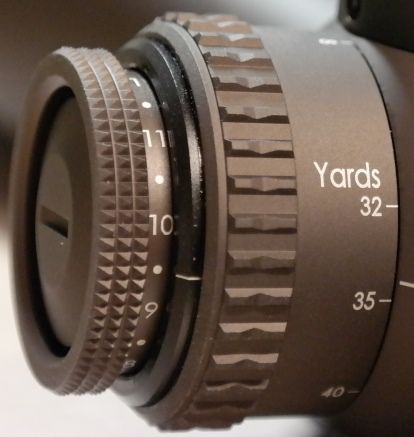

A 2nd and 3rd revolution indicator pops out the left hand side of the elevation turret once the user goes pass 10mils and 20mils up.
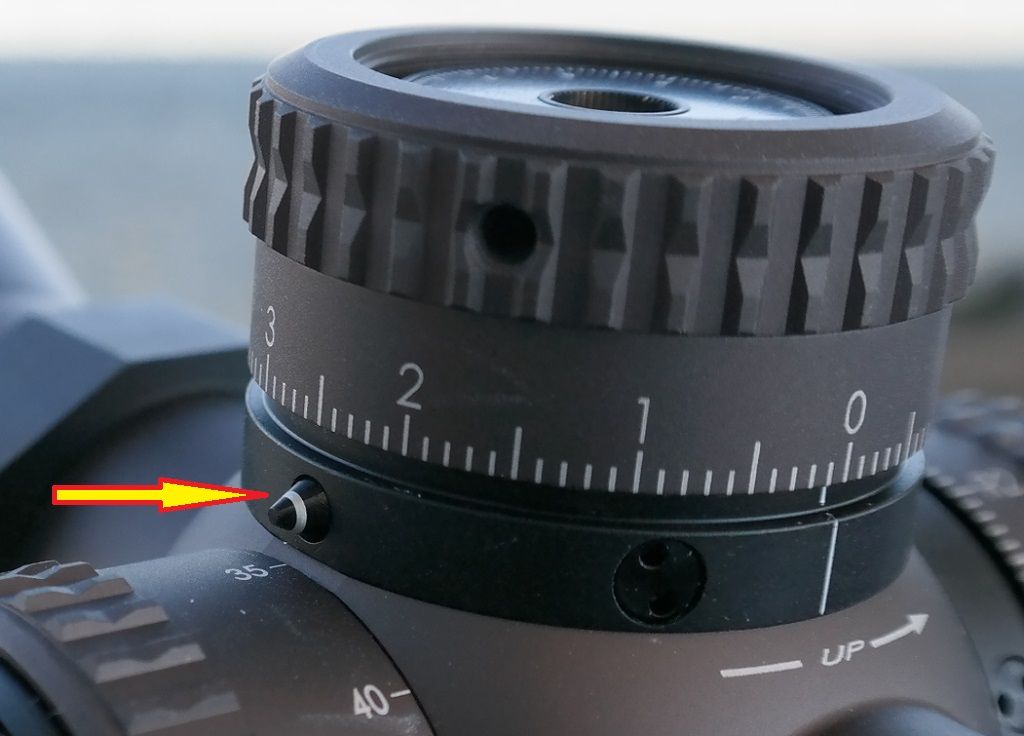
Controls (Windage and Elevation Turrets)
• Low profile and large diameter elevation, windage, and parallax knobs are very comfortable to work with. The similar sized knobs on all three sides adds to the aesthetics of the optic.
• Knobs are10mils per turn on elevation and 5mils left and right markings on windage
• The 0.1mrad clicks are positive and tactile. The larger diameter turrets gives you good spacing between each click and allows the user to make quick adjustments without over shooting the desired mark.
• Both the elevation and windage turrets have locking capabilities to ensure you do not bump your knobs on accident during transport or movement.
• Locking and unlocking of the turret is very positive and not mushy. You get a snap/click when locking and unlocking the turrets.
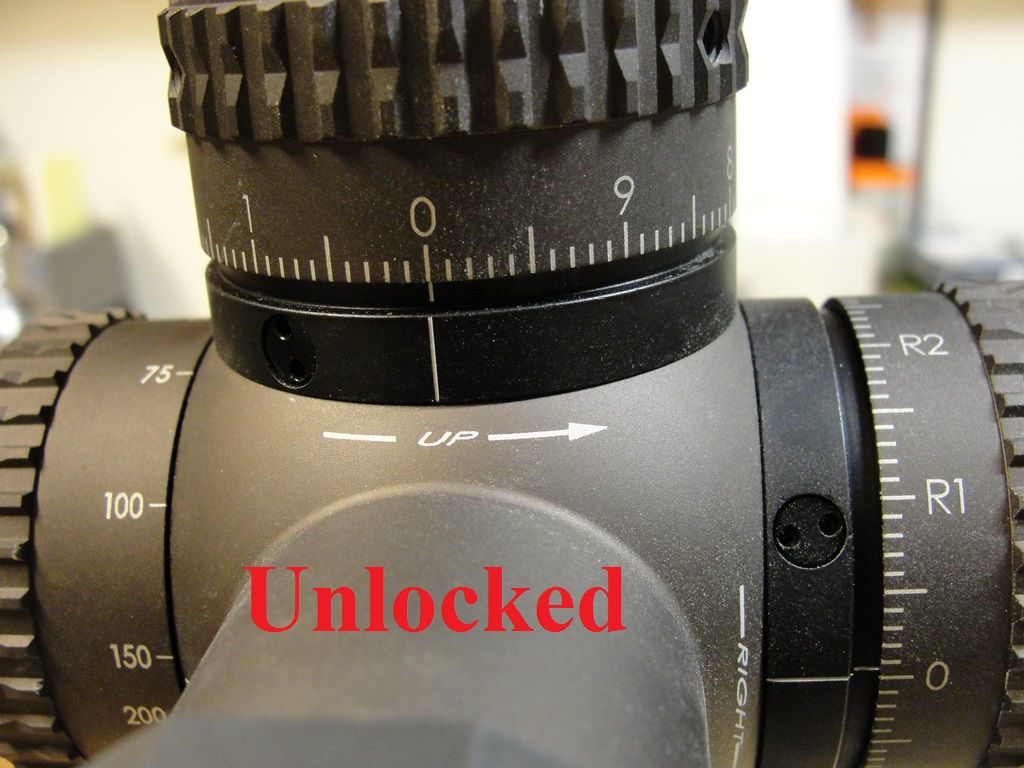
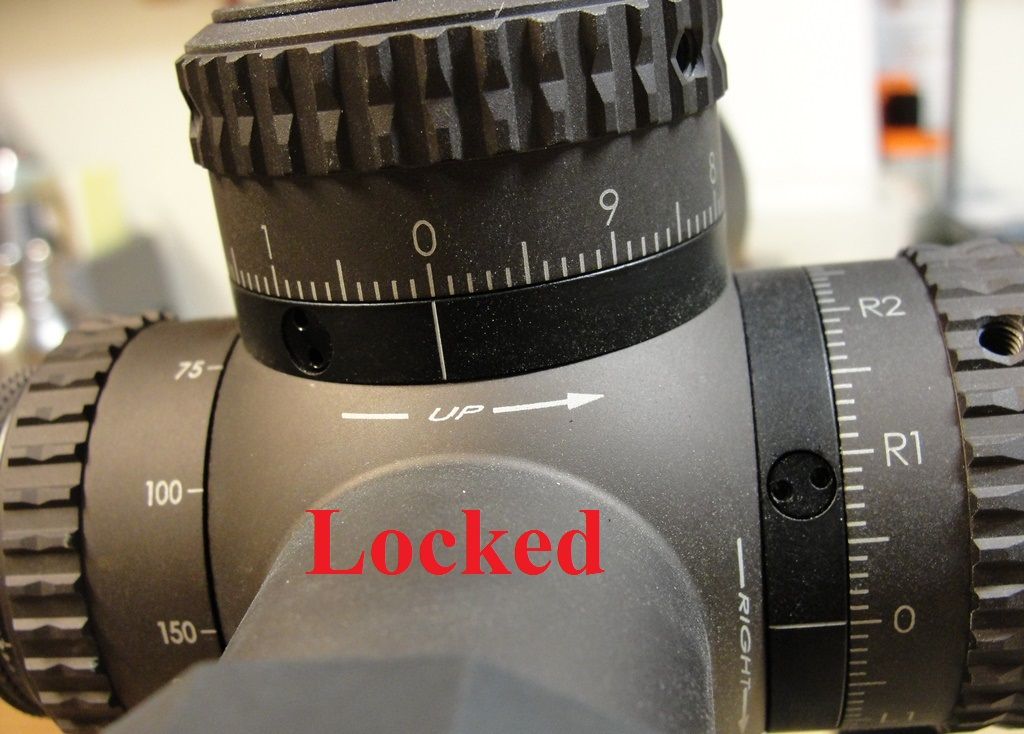

Vortex also includes this cool little tool to run your optic with.
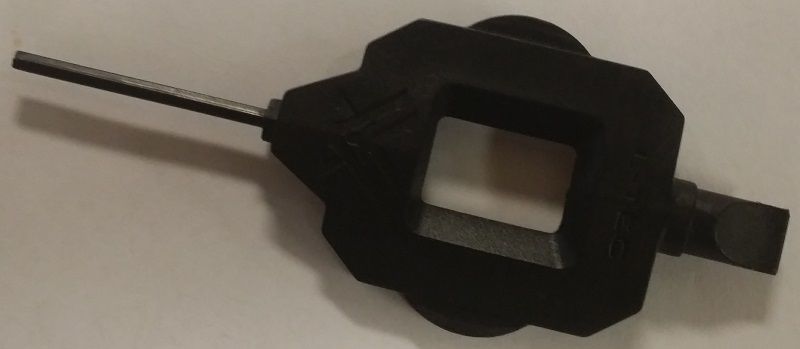
By Vu Pham of NorCal Practical Precision Rifle Club
Initial duration of T&E: 45 days
Total rounds fired: 350
Rifles used for T&E:
• 308win built by Newman Precision
During this T&E I completed the following:
Little bit of ruggedness testing
50M elevation and windage track test (17mils up/5mils left and right)
Track testing out to 1000yards. Ensured numbers lined up with AB Kestrel.
Repeatability test shot @ 200yards
3 NCPPRC Long Range Practice Sessions (200yds to 1K)
1 NCPPRC Precision Steel Match
1 NCPPRC Long Range Match
About 8 trips to the 100-300yrd bays to confirm zero and ensure no shifts have occurred.
A few trips to our 550yard steel range to see if my hold overs match with the dialed dope.
Opening the box:
• Like its predecessor, the Vortex Razor HD Gen II 4.5-27x came nicely packaged from the factory. The box is lined with a high density foam that will protect the optic during any transport or shipping.
• Package included the following:
1. Vortex Razor HD Gen II 4.5-27x56mm
2. Sunshade
3. Custom tool to loosen windage and elevation knobs, and adjust your zero with.
4. Battery for illumination.
5. Instruction booklet.

Physical Appearance of the Optic:
• The Razor HD Gen II 4-27x sports the same dark earth anodizing like the rest of the HD line of optics.
• New 56mm objective gives the scope a very robust look and feel.
• Elevation, windage, and parallax knob are similar in size and much lower profile than on the Gen 1 Razor HD 5-20x.
• When handling this optic for the first time you will notice the Razor HD Gen II is not a light weight. Specs call for 48.5oz.

New key features of the Vortex Razor HD Gen II vs. the Razor HD Gen I:
• 27x vs. 20x max magnification
• 56mm vs. 50mm objective
• 34mm vs 35mm main tube
• Locking elevation and windage turrets w/zero stop on the elevation turret
• Lower profile turrets
• Illumination control has been integrated into the parallax turret
• EBR-2C or EBR-1C in MRAD and EBR-2C in MOA reticles.
• 2nd and 3rd revolution indicator
• Custom tool to loosen windage and elevation knobs, and adjust your zero.
• Awesome glass quality
Weight:
After the 2014 SHOT Show there was a lot of chatter about how heavy this optic is and some were saying it was “too heavy”.
Mike Cecil @ CS Tactical was kind enough to loan me a few optics for a weight and size comparison. All optics were weighed with Badger Ordnance steel rings factored in and sunshade attached if available.
Kahles 624i 6-24x56mm 2lbs 10oz without a sunshade
Burris XTR II 5-25x50mm 2lbs 12oz with sunshade
Vortex Optics Gen I Razor HD 5-20x50mm 3lbs 1oz with sunshade + bubble
Bushnell 4-30x XRS 3lbs 3oz with sunshade
US Optics 5-25x56mm 3lbs 5oz without sunshade
S&B 5-25x56 PM II 3lbs 5oz with sunshade.
Vortex Optics Razor HD Gen II 4.5-27x56mm 3lbs 12oz with sunshade + switch

Left to right: Kahles 624i, Burris XTR, Vortex Razor Gen II, Bushnell XRS, and Vortex Razor Gen I
Magnification:
This optic boasts a 4.5 – 27x magnification range. This magnification power coupled with the thinner reticle makes for a great combination.
• I was able to shoot my track test at 50meters on high magnification without any issues.
• Yardage markings on the parallax turret correlate to the actual yardage you are focused.
• Specs indicate this optic will focus down to 32yards.
(Parallax, Illumination, and 2nd Revolution Indicator)
• Parallax turret is the same size as the elevation and windage which I personally really like. The Razor 5-20x Gen I featured a small turret and was not as comfortable to work with.
• Illumination controls have been integrated with the parallax knob. Just pull out on the outer most knurled ring to gain access to illumination controls.
• The entire reticle is illuminated and stays sharp even on the higher settings.
• A user also doesn’t have to go from the lowest setting to high as there is an “off” setting in between each power setting indicated by a dot.


A 2nd and 3rd revolution indicator pops out the left hand side of the elevation turret once the user goes pass 10mils and 20mils up.

Controls (Windage and Elevation Turrets)
• Low profile and large diameter elevation, windage, and parallax knobs are very comfortable to work with. The similar sized knobs on all three sides adds to the aesthetics of the optic.
• Knobs are10mils per turn on elevation and 5mils left and right markings on windage
• The 0.1mrad clicks are positive and tactile. The larger diameter turrets gives you good spacing between each click and allows the user to make quick adjustments without over shooting the desired mark.
• Both the elevation and windage turrets have locking capabilities to ensure you do not bump your knobs on accident during transport or movement.
• Locking and unlocking of the turret is very positive and not mushy. You get a snap/click when locking and unlocking the turrets.



Vortex also includes this cool little tool to run your optic with.

Last edited:

